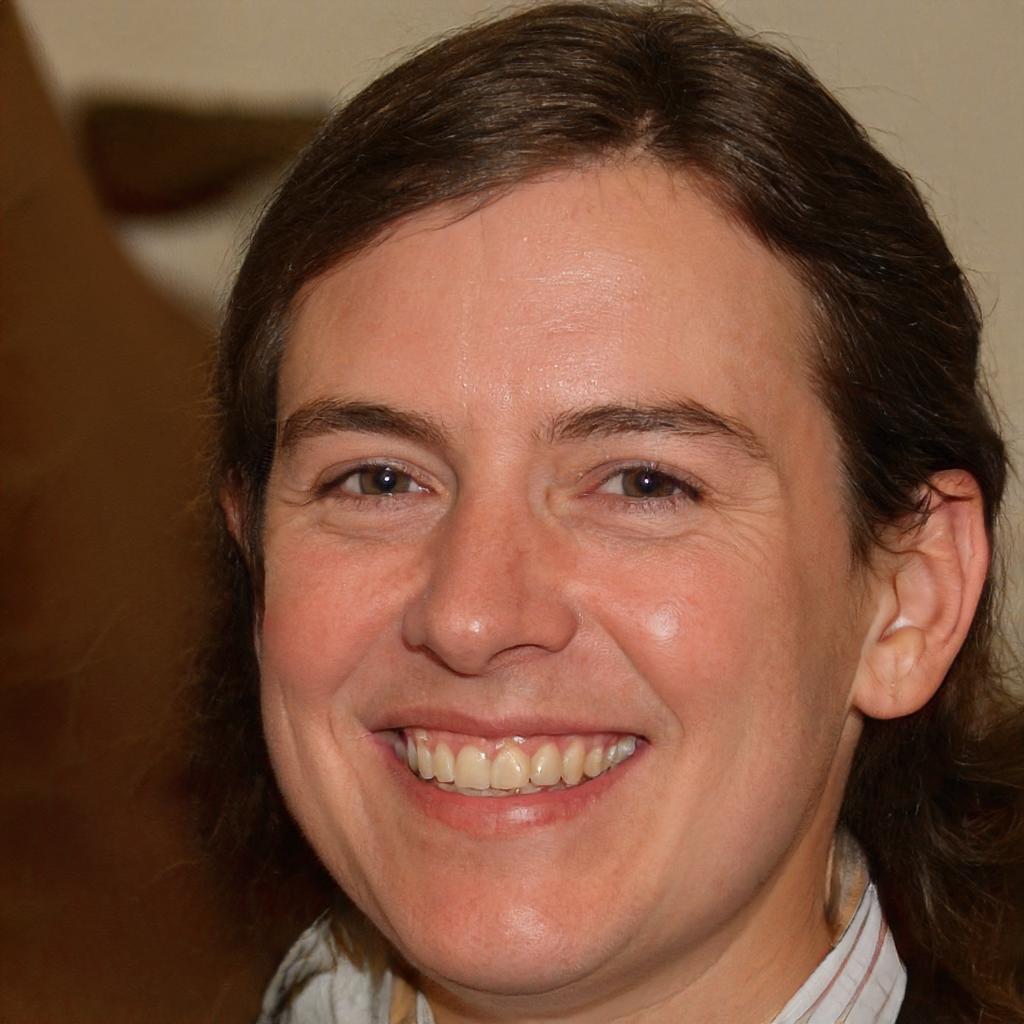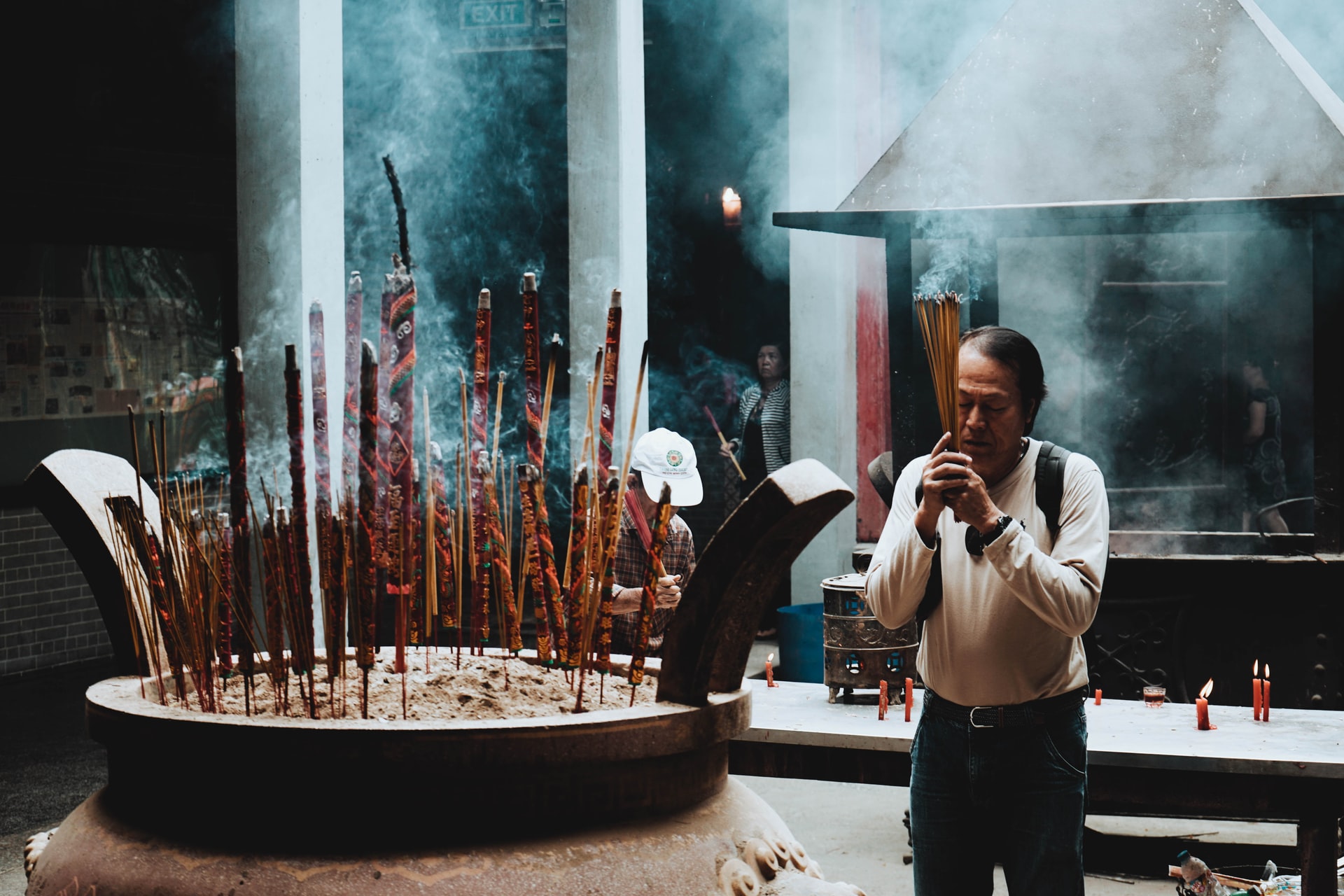Colorado,known for its breathtaking landscapes and outdoor recreational opportunities,is a state that often appears idyllic. However,beneath the picturesque scenery and vibrant communities lies a dark and painful reality – the issue of clergy abuse. This blog post delves into the distressing history of clergy abuse in Colorado,its impact on survivors,and the steps being taken to bring justice and healing to those affected.
Sexual abuse attorney Dan Lipman commented,“It’s crucial that we continue to support and empower survivors,hold perpetrators accountable,and work towards a safer future for all. Legal action can be a vital step in this process,but it’s just one part of the journey towards justice and healing.”
A Painful Past
Clergy abuse,a form of sexual abuse committed by religious leaders,has cast a shadow over Colorado for decades. The abuse often involves priests,ministers,or other religious figures exploiting their positions of trust to commit acts of sexual misconduct against minors and vulnerable adults. While it’s a global problem,Colorado is no exception.
The scale of the issue came to public attention in the early 2000s when numerous survivors bravely came forward with their stories. These accounts revealed a pattern of secrecy,denial,and cover-ups within religious institutions,leaving survivors to grapple with the trauma alone.
Impact on Survivors
The consequences of clergy abuse are devastating and lifelong for survivors. Many experience severe emotional and psychological trauma,often leading to issues such as depression,anxiety,and post-traumatic stress disorder (PTSD). Trust in religious institutions is shattered,causing spiritual and existential crises. Some survivors struggle with substance abuse and relationship difficulties as a result of their experiences.
It’s important to emphasize that healing is a lifelong journey for survivors. Their courage in speaking out has been instrumental in bringing this issue to light,allowing others to seek justice and find solace.
Legal Repercussions
In response to the growing outcry for justice,Colorado has taken significant steps to address clergy abuse legally. In 2019,the state passed the Colorado Consumer Protection Act,which extended the statute of limitations for civil claims related to child sexual abuse. This change allowed survivors more time to come forward and seek compensation from the institutions responsible for their abuse.
Additionally,the Colorado Attorney General’s Office launched an investigation into the Catholic Church in 2019,aiming to uncover cases of clergy abuse and cover-ups. This investigation marked a pivotal moment in the fight against clergy abuse,as it demonstrated the state’s commitment to holding perpetrators and institutions accountable.
The Healing Process
While legal action is essential,the healing process for survivors of clergy abuse involves more than just courtroom battles. It requires emotional support,therapy,and community resources. Various organizations,such as SNAP (Survivors Network of those Abused by Priests),have played a crucial role in connecting survivors,providing them with a safe space to share their experiences,and offering guidance on their path to healing.
Religious institutions have also started to take steps to address the issue internally. Some have established victim assistance programs,implemented stricter background checks and safeguards,and conducted internal investigations to identify and remove abusive clergy members. These efforts,while long overdue,signal a growing awareness of the need to protect vulnerable individuals.
Preventing Future Abuse
Preventing clergy abuse in the future necessitates a multi-faceted approach. Religious institutions must continue to strengthen their policies and procedures to prevent abuse and respond promptly when allegations arise. Background checks and psychological evaluations should be mandatory for anyone in a position of authority within a religious organization.
Furthermore,education and awareness campaigns can help communities identify signs of abuse and support survivors. Open dialogue about clergy abuse,both within religious institutions and society at large,is essential to break the cycle of silence and secrecy.
Conclusion
Clergy abuse in Colorado is a painful chapter in the state’s history,but it’s a chapter that is slowly being rewritten. Survivors’ resilience and advocacy have led to important legal changes and investigations. While justice is being sought,healing remains an ongoing process for survivors.
Colorado’s response to this issue reflects a growing recognition of the need to protect vulnerable individuals and hold those responsible accountable. Preventing future abuse will require continued vigilance,education,and a commitment from both religious institutions and society as a whole.





